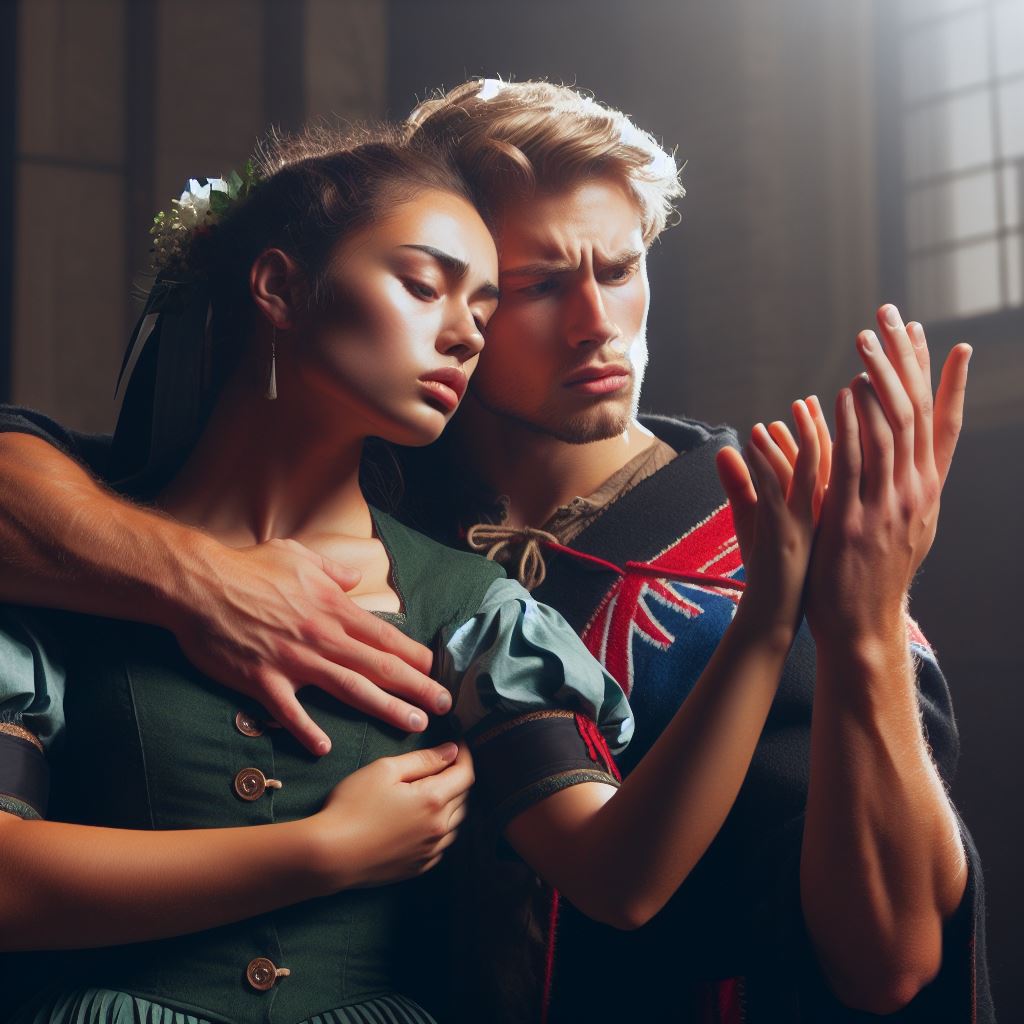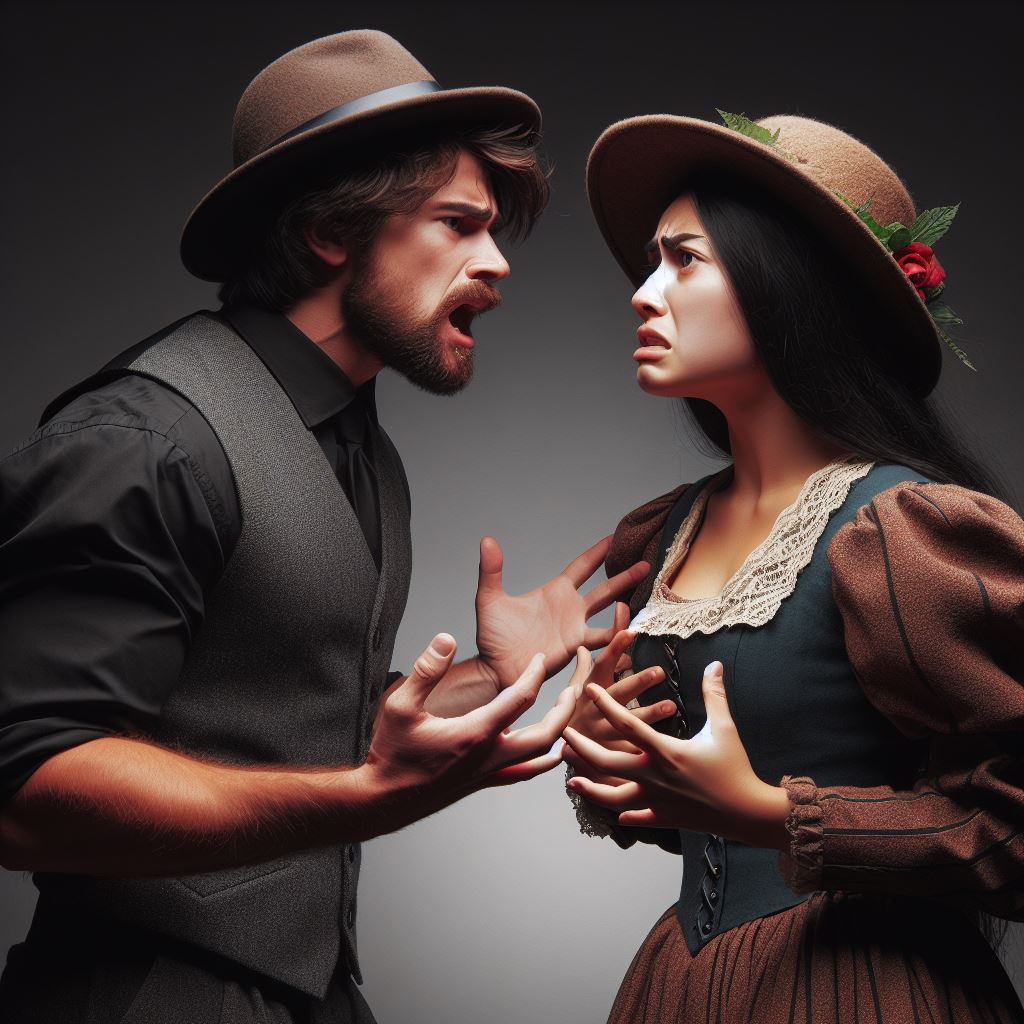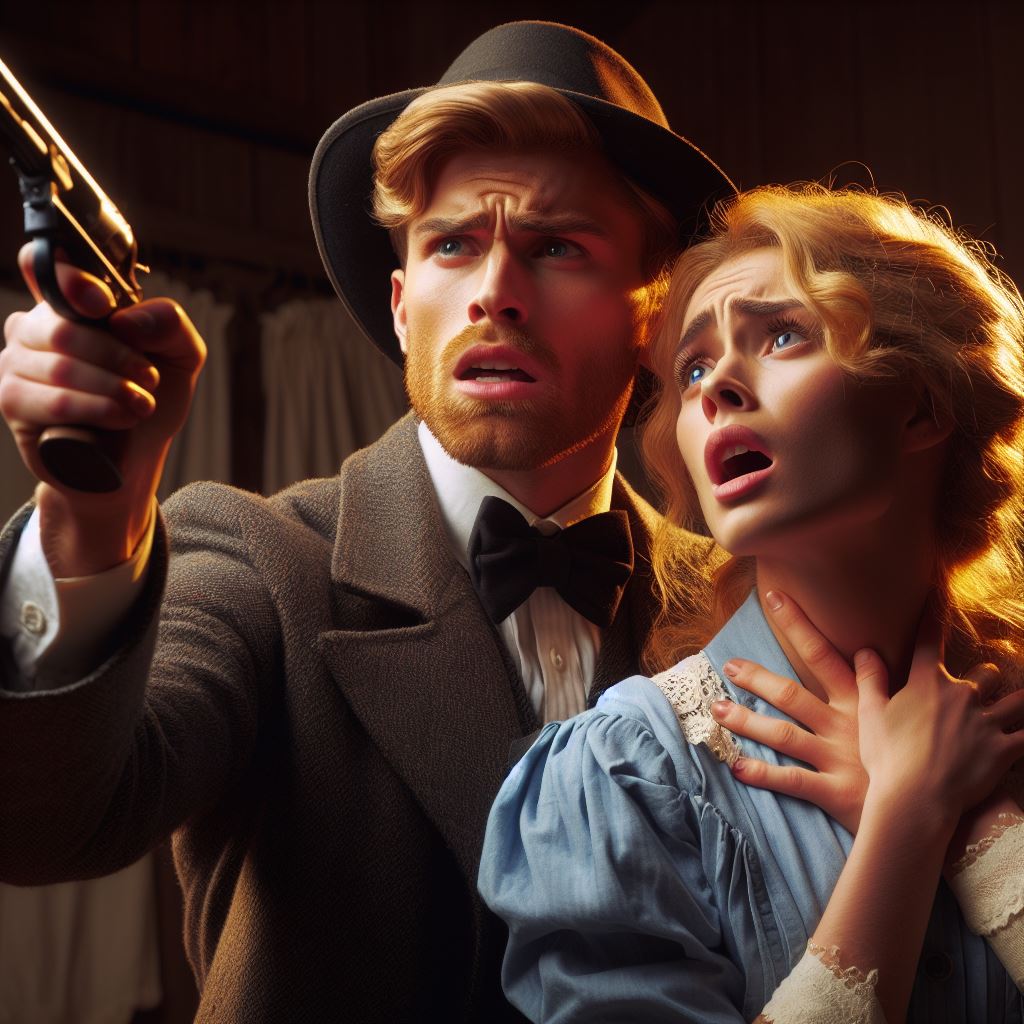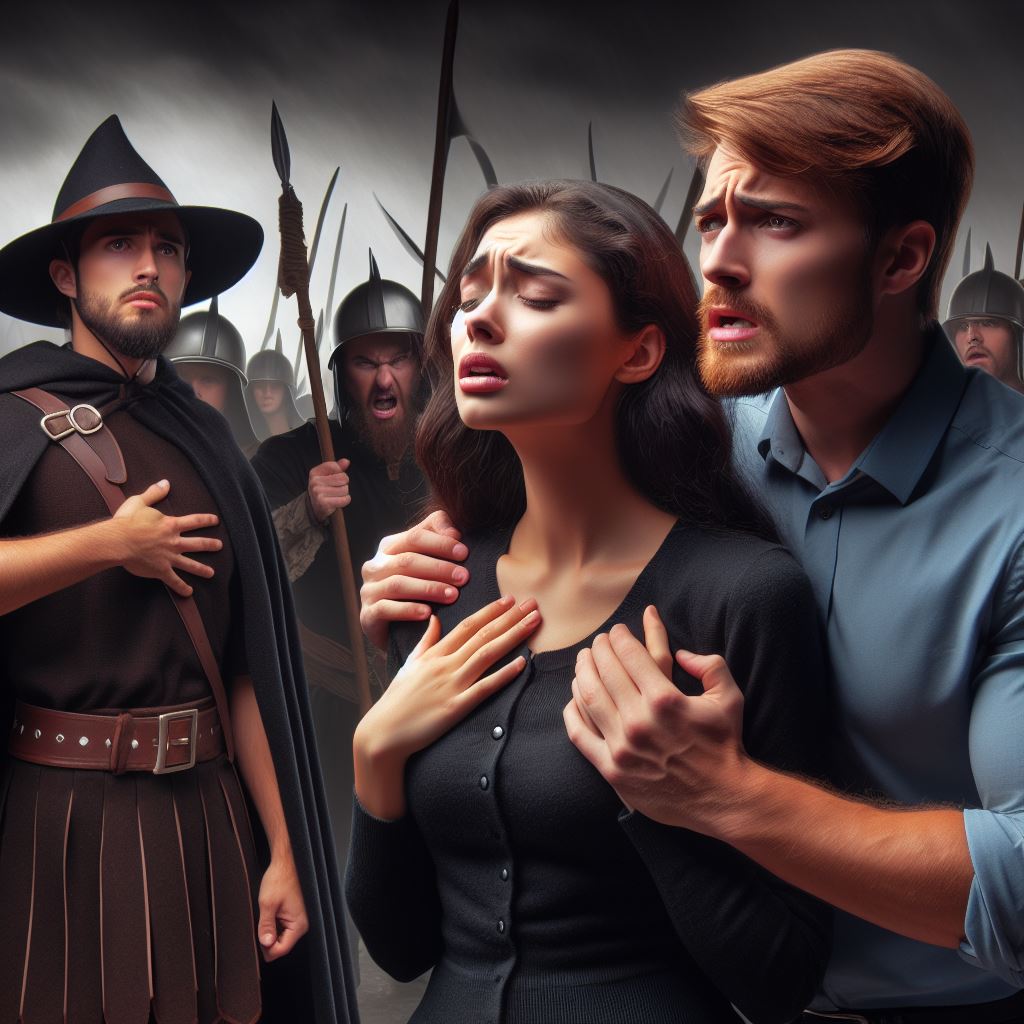Introduction
Mastering acting techniques is crucial for NZ artists to deliver authentic and captivating performances.
By honing these skills, artists can effectively portray emotions, connect with audiences, and bring characters to life.
Whether performing on stage or screen, a strong grasp of acting techniques enables artists to fully inhabit their roles and captivate viewers.
From method acting to improvisation, each technique offers unique tools for artists to explore and incorporate into their craft.
Through dedicated practice and training, NZ artists can elevate their performances to new heights and leave a lasting impression on audiences.
Understanding and practicing different acting techniques allow NZ artists to expand their range and deepen their understanding of their craft.
It is essential for artists to explore various techniques as it helps them develop versatility and adaptability in their performances.
By experimenting with different approaches, artists can discover new ways to express themselves creatively and connect with their characters on a deeper level.
Incorporating a diverse range of techniques into their practice empowers artists to tackle a wide range of roles and challenges with confidence and skill.
Overall, mastering acting techniques is a continuous journey of growth and exploration for NZ artists, ultimately enriching their artistic expression and contributing to their success in the industry.
The Stanislavski Method
A. Origins of the Stanislavski Method
The Stanislavski Method, also known as the Method Acting, was developed by Konstantin Stanislavski, a Russian actor, director, and theatre practitioner, in the late 19th and early 20th centuries.
He aimed to bring more realism to the stage and revolutionize acting techniques.
Stanislavski was influenced by the works of playwrights like Anton Chekhov and Henrik Ibsen, who emphasized psychological realism in their plays.
He wanted actors to create believable characters by delving into their own emotions and experiences.
B. Key Principles and Techniques
The Stanislavski Method comprises several key principles and techniques:
- Emotional Memory: Actors tap into their personal memories to connect with the emotions of their characters, making performances more authentic and engaging.
- Given Circumstances: Actors thoroughly examine the circumstances of the scene, including time, place, relationships, and historical context, to understand their character’s motivations and behaviors.
- Objective: Actors define their character’s objective or goal in each scene, allowing them to make choices and drive the scene forward.
- Super-Objective: Actors identify their character’s overarching goal throughout the entire play, providing a through-line for their performance.
- Physical Actions: Actors focus on the external actions of their characters, believing that physicality influences emotion and helps in creating a fully realized character.
- Subtext: Actors explore the underlying meanings and thoughts beneath the text, adding depth and nuance to their performance.
- Inner Monologue: Actors develop an inner dialogue for their characters, giving insights into their thoughts and enabling a more layered portrayal.
C. Benefits for NZ Artists
The Stanislavski Method can greatly benefit artists in New Zealand by enhancing their acting skills and performances:
- Improved Authenticity: By tapping into their own emotions and memories, NZ artists can bring a higher level of realism and authenticity to their roles.
- Deeper Character Development: The rigorous exploration of given circumstances and objectives allows artists to develop complex and well-rounded characters.
- Enhanced Emotional Range: Utilizing emotional memory and physical actions, NZ artists can expand their emotional range, delivering more nuanced and compelling performances.
- Stronger Scene Work: By emphasizing subtext and inner monologue, artists can create layered exchanges with fellow performers, resulting in more dynamic and engaging scenes.
- Effective Preparation: The Stanislavski Method provides a structured approach to analyzing scripts and preparing for roles, enabling NZ artists to be well-prepared and confident in their performances.
- Improved Collaboration: The method encourages open communication and collaboration among actors, directors, and designers, fostering a supportive and creative working environment.
Overall, the Stanislavski Method offers NZ artists a solid foundation and a versatile toolbox to approach their craft, enabling them to deliver captivating and truthful performances on stage and screen.
Read: NZ Bands Making Global Waves
Meisner Technique
A. Meisner technique and its significance
The Meisner technique, developed by Sanford Meisner, is a method of acting that focuses on truthful and spontaneous reactions.
It emphasizes living truthfully under imaginary circumstances. (20 words)
This technique is significant because it helps actors connect with their emotions and fully engage with the present moment.
B. The fundamental elements of this approach
- Repetition: Actors repeat lines of dialogue to connect with their partner and build emotional truth.
- Active Listening: Actors pay close attention to their scene partner, responding truthfully to their words and actions.
- Emotional Preparation: Actors use personal experiences and memories to access truthful emotions and create authentic performances.
- Moment-to-Moment: Actors focus on the present moment, allowing their instincts to guide their actions and reactions.
- Imagination: Actors create vivid and detailed imaginary circumstances to fully immerse themselves in their character’s world.
C. Benefits and challenges of using this technique for NZ artists
1. Benefits
- Emotional Depth: The Meisner technique helps NZ artists access deep emotions and deliver powerful performances.
- Authenticity: By living truthfully under imaginary circumstances, actors can create honest and believable characters.
- Connection: This approach fosters genuine connections between actors, resulting in compelling and dynamic scenes.
- Spontaneity: The focus on instinct and reacting in the moment brings a fresh and spontaneous quality to performances.
2. Challenges
- Emotional Vulnerability: The Meisner technique requires actors to tap into personal experiences, which can be emotionally challenging.
- Intense Preparation: This approach demands extensive emotional preparation, which can be time-consuming and physically and mentally taxing.
- Listening Skills: Active listening is crucial in the Meisner technique, and some actors may struggle to fully engage and respond truthfully.
- Balancing Instincts: Finding the right balance between relying on instincts and staying true to the character and the script can be difficult.
Therefore, the Meisner technique is a valuable tool for NZ artists as it allows them to access profound emotions, create authentic performances, and develop genuine connections with fellow actors.
While it presents challenges in terms of emotional vulnerability and intense preparation, the benefits of emotional depth and spontaneity make it a worthwhile approach for actors seeking truthfulness in their craft.
Read: Maori Music: NZ’s Rich Heritage
Brechtian Acting
A. The Concept and Goals of Brechtian Acting
- Brechtian acting, also known as Epic Theatre, aims to engage the audience intellectually rather than emotionally.
- It seeks to expose social and political realities, encouraging critical thinking and reflection.
B. Key Techniques Used in Brechtian Acting
- Alienation Effect: This technique aims to break the illusion of reality by constantly reminding the audience that they are watching a performance.
Actors may use direct address, exaggerated movements, or change of costumes on stage. - Gestus: Gestus refers to the physical and behavioral traits associated with characters.
Brechtian actors highlight these traits to represent the social roles and attitudes that characters embody.
C. How NZ Artists can Incorporate Brechtian Acting Principles in their Work
- Embrace Verfremdungseffekt: New Zealand artists can adopt the alienation effect by challenging traditional theatrical conventions.
They can use unique staging, non-literal props, and metatheatrical devices to provoke critical analysis among audiences. - Understanding the Text’s Social Context: NZ artists should deeply analyze the script’s social and political context.
By emphasizing gestus, they can manifest characters’ ideologies, beliefs, and relationships, enabling the audience to scrutinize societal issues. - Encouraging Audience Participation: NZ artists can incorporate Brechtian techniques such as the ‘chorus’ or breaking the fourth wall to engage the audience actively.
This interaction prompts viewers to question and challenge the events portrayed on stage. - Mixing Entertainment with Education: NZ artists should strike a balance by using humor, music, and diverse performance styles to create an entertaining atmosphere while delivering thought-provoking messages.
- Creating Reflective Spaces: Brechtian techniques encourage intellectual engagement, so NZ artists can design post-show discussions or talkbacks to allow audience members to share their interpretations and thoughts.
In essence, Brechtian acting offers unique opportunities for NZ artists to challenge traditional theatrical norms and provoke critical thinking.
By employing the alienation effect and gestus, artists can engage audiences intellectually, exposing societal realities and encouraging reflection.
Incorporating these principles can create powerful and thought-provoking performances that leave a lasting impact on both artists and audiences alike.
Read: NZ Music Festivals: Behind Scenes
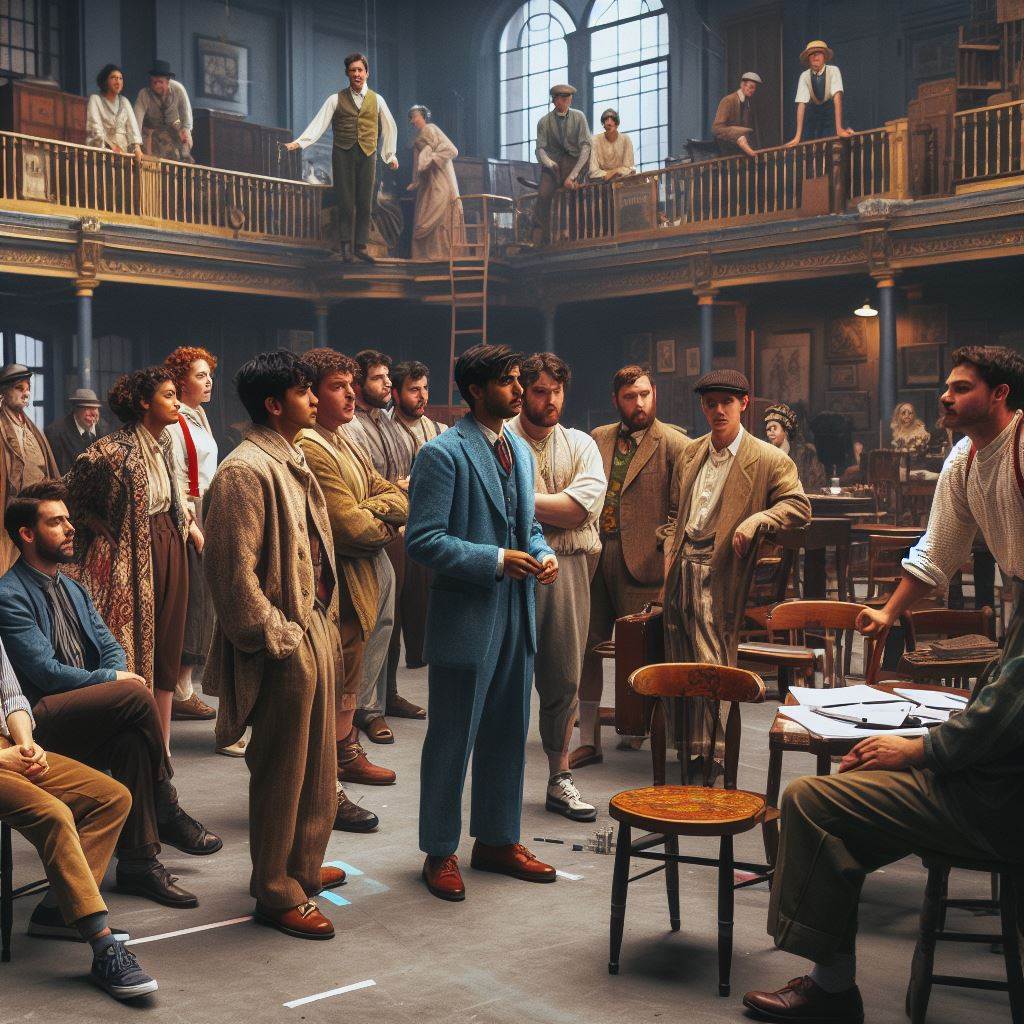
Physical Theatre: A Powerful Acting Technique
A. Physical theatre as an acting technique
Physical theatre is an innovative approach that emphasizes the use of the body and movement to convey emotions and tell stories.
It is a holistic form of expression that combines elements of dance, mime, acrobatics, and acting.
Personalized Career Consulting
Unlock your potential with expert career advice tailored to your goals. Get personalized guidance and actionable steps toward your dream career in New Zealand.
Get StartedB. The use of body and movement in physical theatre
In physical theatre, the body becomes the primary tool for communication.
Actors utilize their physicality to create dynamic and visually striking performances.
Movements are often exaggerated, incorporating gestures, postures, and facial expressions to convey complex emotions and ideas.
Engaging the entire body in performance allows actors to explore a wide range of possibilities.
Physical theatre encourages performers to let go of inhibitions, embrace their instincts, and unleash their creative potential.
By harnessing the power of movement, actors can transcend language barriers and connect with audiences on a visceral level.
C. How NZ artists can incorporate physical theatre techniques into their performances
New Zealand artists can embrace physical theatre techniques to enhance their performances and imbue them with a unique flavor.
Here are some examples of how they can incorporate physical theatre into their work:
1. Physical storytelling
NZ artists can utilize movement and nonverbal communication to tell compelling stories without relying solely on dialogue.
By combining physicality with spoken word, they can create a multidimensional narrative that captivates audiences.
2. Expressing emotions through movement
Physical theatre offers a rich vocabulary of movements that can be used to convey a wide range of emotions.
NZ artists can explore and experiment with different gestures, postures, and physical expressions to evoke specific feelings in their performances.
3. Collaborative ensemble work
Physical theatre often emphasizes group dynamics and collaborative creation.
NZ artists can explore ensemble work, where performers rely on each other to create powerful and visually stunning sequences.
Transform Your Career with a Professional CV and Cover Letter
Stand out to employers with an ATS-optimized resume and tailored cover letter designed to match your dream role. Let us craft your job application materials for success!
Get StartedThis fosters a sense of unity and allows for the creation of breathtaking moments on stage.
4. Integrating other art forms
NZ artists can merge physical theatre with other art forms, such as contemporary dance, circus arts, or multimedia projections.
This interdisciplinary approach allows for innovative and boundary-pushing performances that transcend traditional artistic boundaries.
5. Physicalization of characters
NZ artists can use physical theatre techniques to fully embody their characters.
By meticulously studying the physicality and movement patterns of their roles, actors can bring depth and authenticity to their performances, creating memorable and believable characters.
By incorporating physical theatre techniques, New Zealand artists can expand their artistic range, enrich their performances, and connect with audiences in a profound and visceral way.
Physical theatre offers a powerful tool to explore the possibilities of the human body as a means of expression, pushing the boundaries of traditional acting and storytelling.
It invites NZ artists to embrace their physicality, trust their instincts, and embark on a transformative journey of self-discovery and artistic growth.
Read: Women in NZ Music: Rising Stars
Viewpoints
A. The viewpoints technique and its relevance
The viewpoints technique is a method of actor training that focuses on the physicality and spatial awareness of performers.
It originated from the work of choreographer Mary Overlie and was further developed by director Anne Bogart and the SITI Company.
The technique emphasizes the use of space, time, shape, gesture, and movement to create compelling performances.
The relevance of the viewpoints technique lies in its ability to cultivate a strong ensemble, enhance the actor’s presence on stage, and provide a platform for creative collaboration.
By understanding and utilizing the various viewpoints, actors can improve their physicality, expand their range of expression, and create dynamic interactions with their fellow performers.
B. The different aspects and principles of this approach
- Space: Viewpoints emphasizes the exploration and utilization of space.
Actors learn to navigate the stage, establish relationships with their environment, and make intentional choices regarding their presence and proximity to others. - Time: Time is a crucial component of viewpoints. Actors explore different rhythms, tempos, and durations, allowing them to manipulate the pace and energy of a scene.
This understanding of time adds depth and nuance to their performances. - Shape: Shape refers to the physical forms actors create on stage. Through the viewpoints technique, performers explore variations in body positions, posture, and gestures to convey different emotions, characters, and intentions.
- Gesture: Gesture encompasses the physical movements and actions performed by actors.
By incorporating specific gestures into their performances, actors can communicate nonverbally and convey meaning through their body language. - Movement: Movement is a fundamental element of viewpoints. Actors explore various qualities of movement, such as speed, dynamics, and pathways.
This exploration allows them to embody different characters, emotions, and intentions physically.
C. How NZ artists can use viewpoints to enhance their acting skills
New Zealand artists can utilize viewpoints to enhance their acting skills in several ways:
- Physicality: Viewpoints encourages actors to develop a strong physical presence on stage, increasing their ability to engage and captivate an audience.
- Ensemble Work: Through the explorations of space, time, shape, gesture, and movement, actors can develop a strong ensemble dynamic.
This enhances the connection and collaboration within a cast, leading to more cohesive and impactful performances. - Creativity: The viewpoints technique fosters creative thinking and encourages artists to take risks, explore new ideas, and think outside the box.
This not only enhances their acting skills but also allows for innovative and unique performances. - Presence: By understanding how to utilize space and shape, actors can enhance their presence on stage.
They can command attention, create memorable performances, and effectively communicate their characters’ intentions and emotions. - Adaptability: Viewpoints equips actors with the tools to adapt to different performance spaces and styles.
Whether it is a black box theater or an outdoor venue, NZ artists can navigate these spaces effectively and make informed choices regarding their physicality and movements.
In fact, the viewpoints technique offers New Zealand artists a valuable framework to enhance their acting skills.
By exploring and embodying the various aspects and principles of viewpoints, actors can develop a strong physical presence, improve their ensemble work, foster creativity, enhance their stage presence, and adapt to different performance spaces.
Through the practice of viewpoints, NZ artists can elevate their performances and captivate audiences with their compelling and dynamic acting.
Cultural Techniques
A. The importance of considering cultural techniques in acting
Considering cultural techniques in acting is essential for an artist to create authentic and meaningful performances.
- Cultural techniques provide actors with a deep understanding of the character’s background and motivations.
- By delving into cultural techniques, actors can accurately portray the nuances and subtleties of different ethnicities and cultures.
- It helps actors avoid stereotypes and misrepresentations, ensuring a respectful and inclusive portrayal on stage or screen.
- Understanding cultural techniques allows actors to connect with diverse audiences, fostering empathy and cultural exchange.
B. Specific cultural techniques used by NZ artists
New Zealand artists employ a range of cultural techniques to enhance their acting skills and performances.
- Māori Haka: The powerful and rhythmic Māori Haka is used to express strength, identity, and unity in performances.
- Pacific Island Dance: Incorporating traditional Pacific Island dances adds authenticity and cultural depth to performances.
- Language: Actors utilize indigenous languages such as Te Reo Māori and Pacific Island dialects to evoke cultural authenticity.
- Rituals and Ceremonies: Incorporating traditional rituals and ceremonies into performances brings cultural richness and depth.
C. The impact of cultural techniques on performances
The use of cultural techniques has a profound impact on the quality and authenticity of performances in New Zealand.
- Enhanced Emotional Connection: By employing cultural techniques, actors create a stronger emotional bond with their characters, enabling powerful performances.
- Increased Audience Engagement: Authentic portrayals resonate with audiences, fostering a deeper connection and engagement with the performance.
- Breaking Stereotypes: Cultural techniques challenge stereotypes and encourage a more nuanced understanding of different cultures.
- Cultural Appreciation: Using cultural techniques demonstrates respect for diverse cultures, promoting appreciation and understanding.
To sum it up, considering cultural techniques in acting is crucial for New Zealand artists to create genuine and impactful performances.
By highlighting the importance of these techniques, discussing specific examples used by NZ artists, and examining their impact, actors can create inclusive performances that connect with diverse audiences.
Embracing cultural techniques not only elevates the quality of acting but also promotes cultural exchange, empathy, and understanding.
Boost Your Career with a Standout LinkedIn Profile
Attract recruiters and expand your network with a fully optimized LinkedIn profile tailored to highlight your strengths and professional goals. Let your profile open doors to new opportunities!
Get OptimizedConclusion
This blog post has explored the challenges faced by early Kiwi actors striving for success in Hollywood.
Overcoming geographical distance, accent adaptation, local competition, and cultural differences, they paved the way for future generations.
Despite obstacles, their perseverance and talent shone through, demonstrating that nationality is no barrier to success.
Their achievements not only inspired fellow New Zealand actors but also opened doors for more opportunities in Hollywood.
As Kiwi actors continue to make their mark on the global stage, the contributions of these pioneers remain invaluable.
They have left a lasting legacy, shaping the perception of New Zealand actors in the entertainment industry.
Their impact serves as a testament to the power of determination, resilience, and passion in achieving one’s dreams.
As we celebrate the successes of current Kiwi actors, we must also acknowledge and honor the trailblazers who laid the groundwork for their achievements.
Through their enduring influence, early Kiwi actors continue to inspire future generations to pursue their Hollywood dreams with unwavering resolve.

